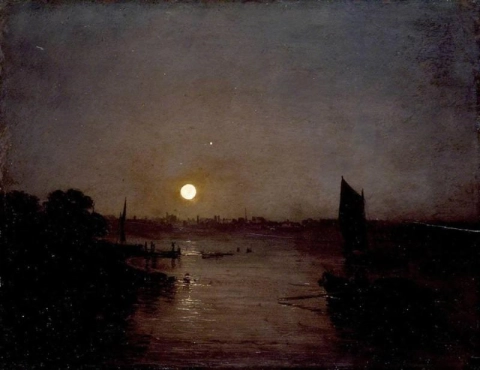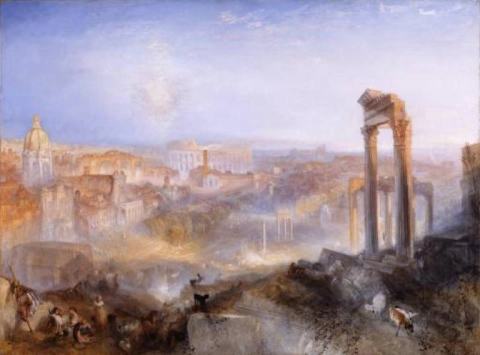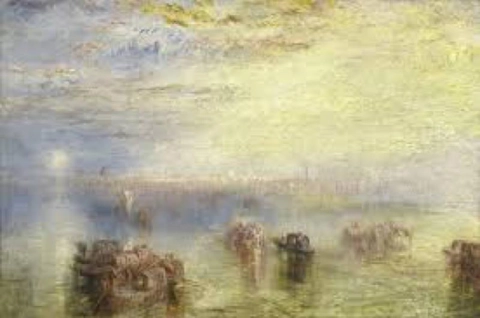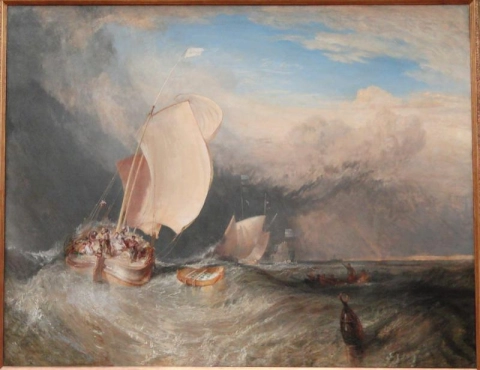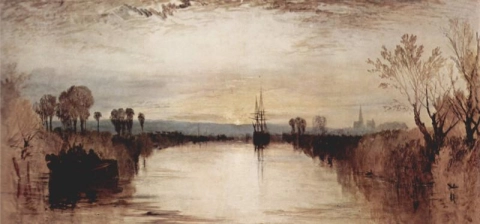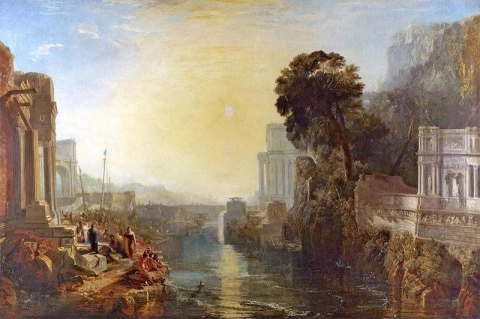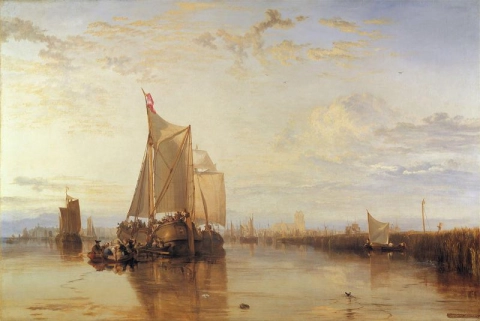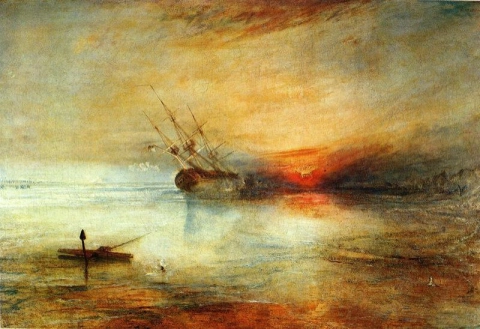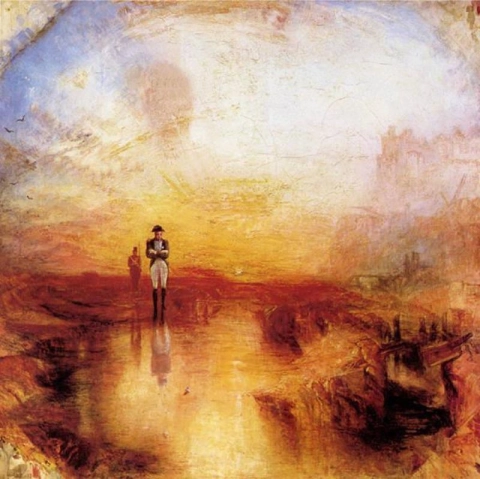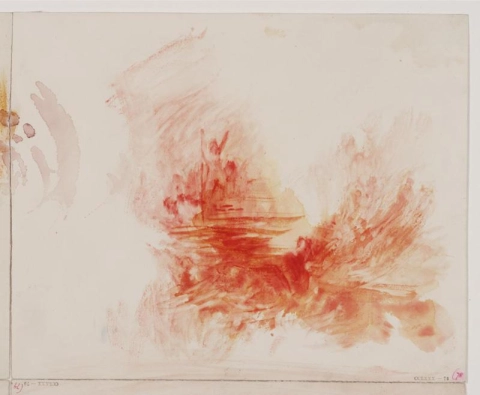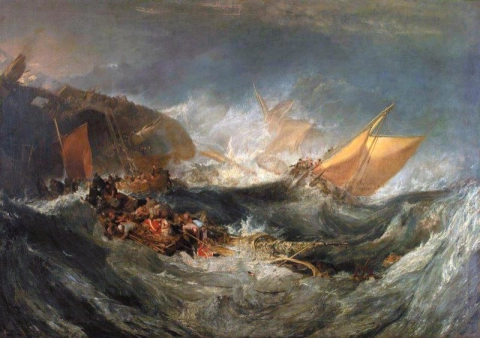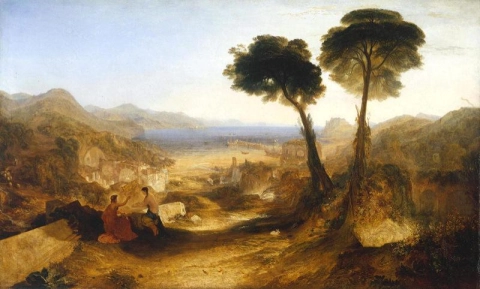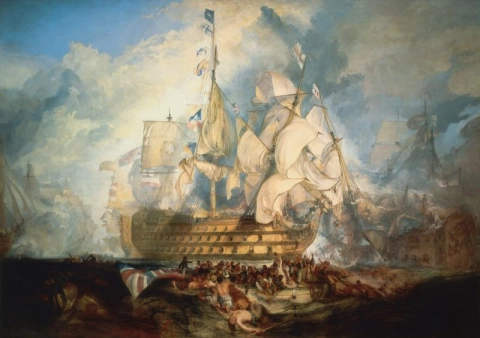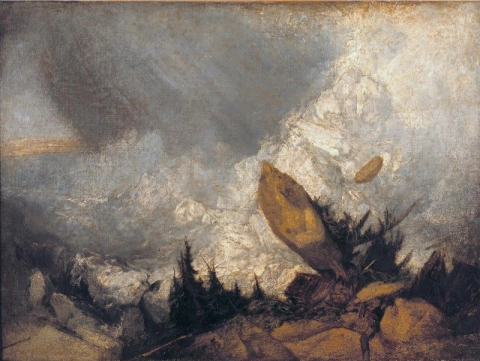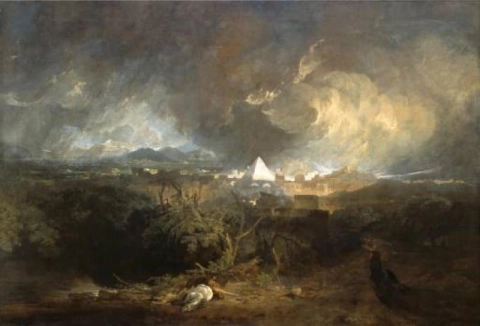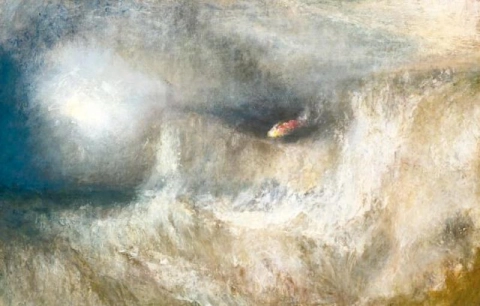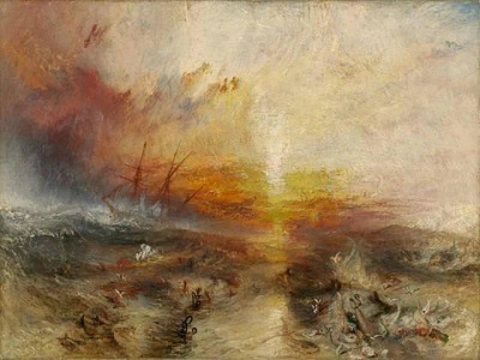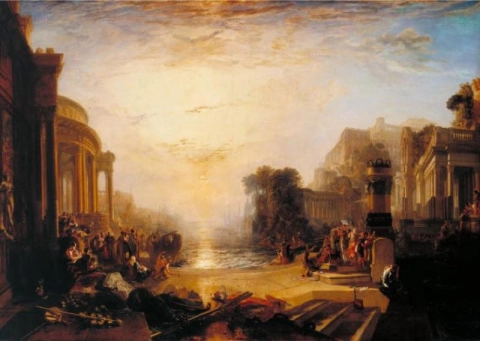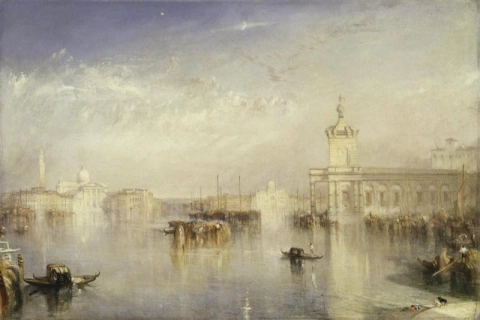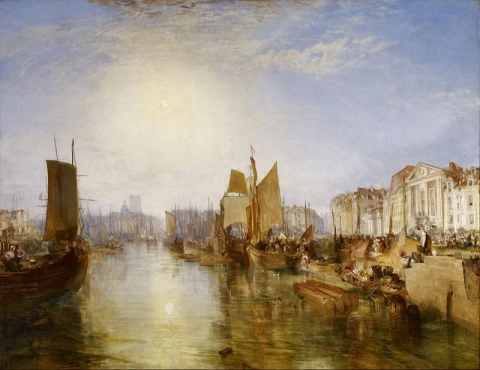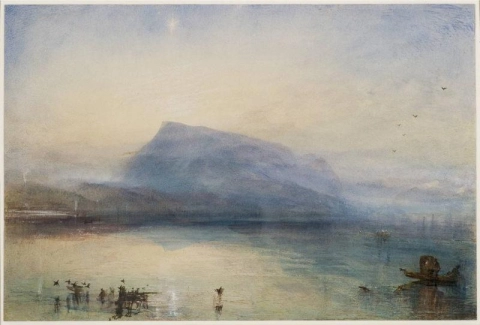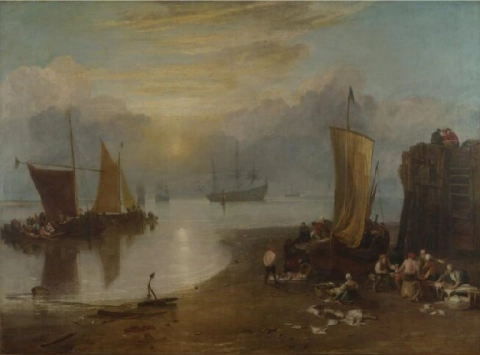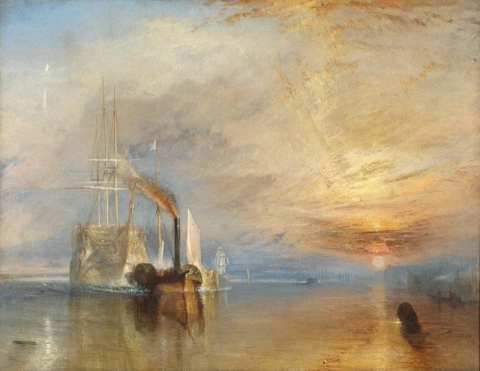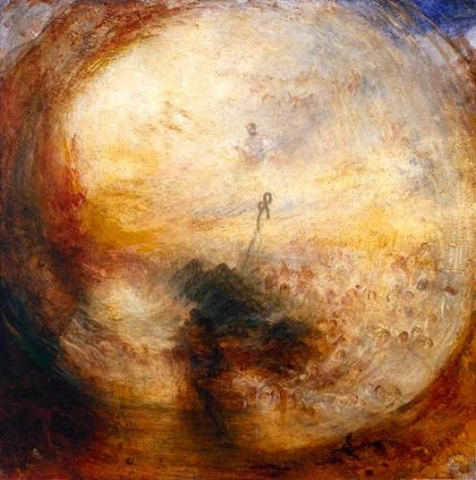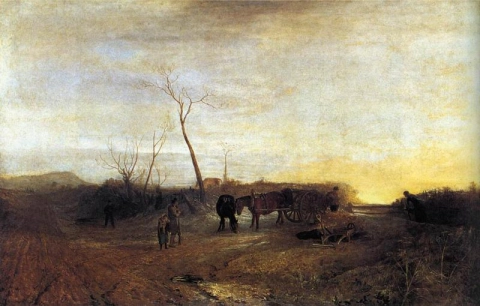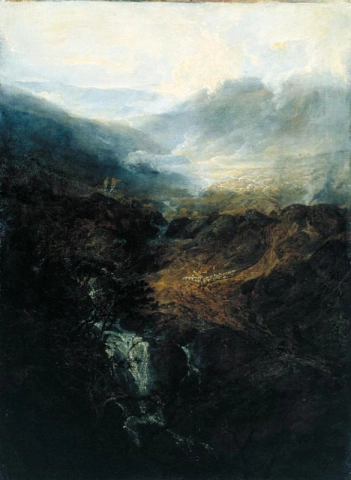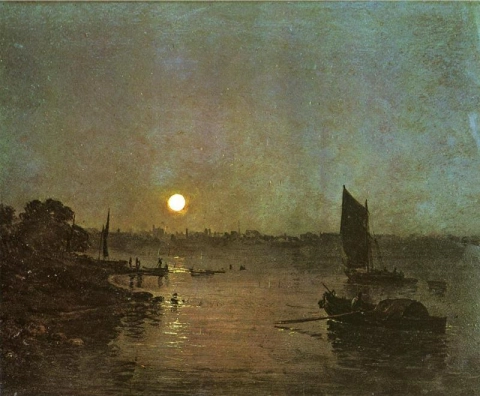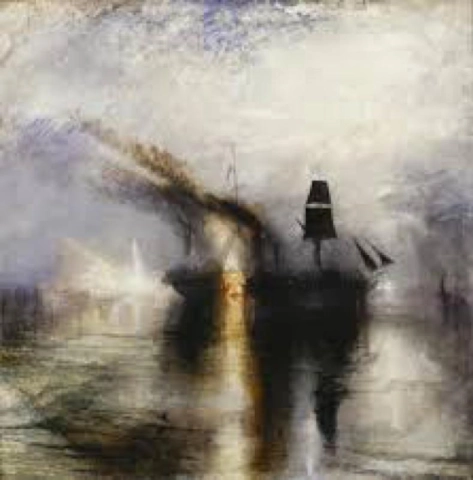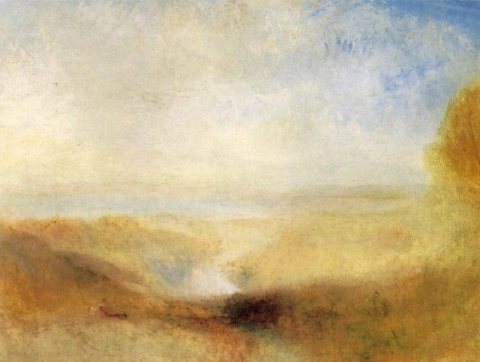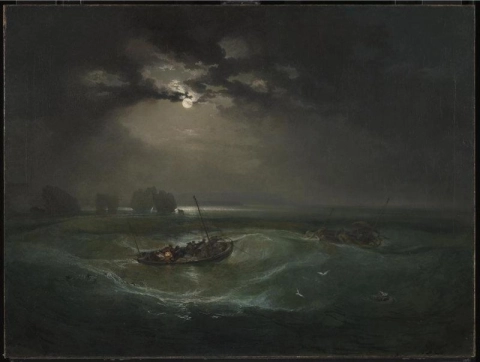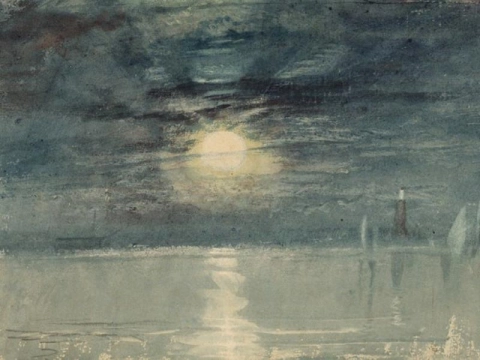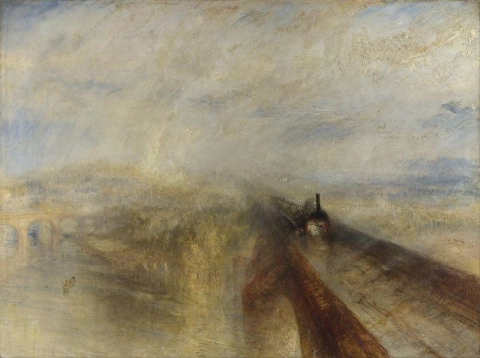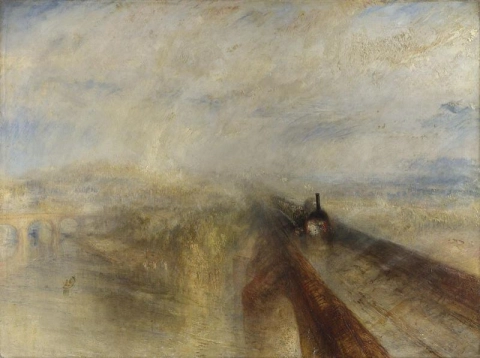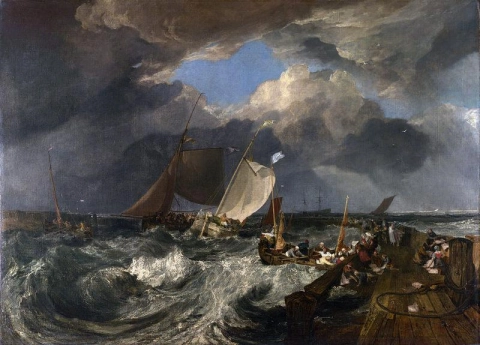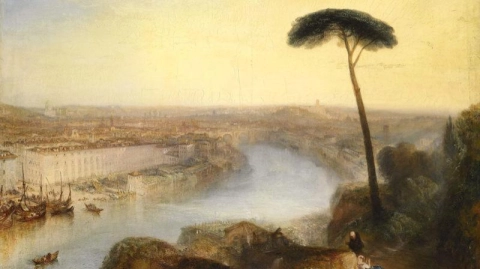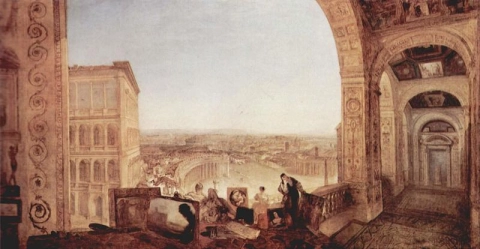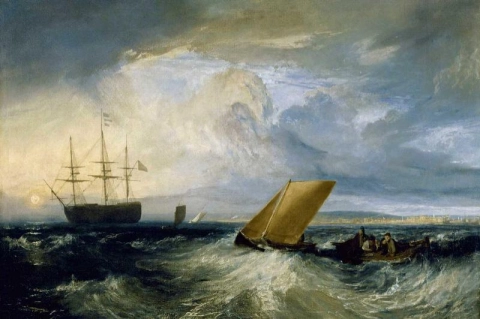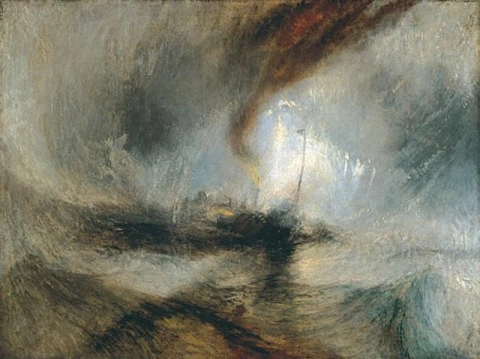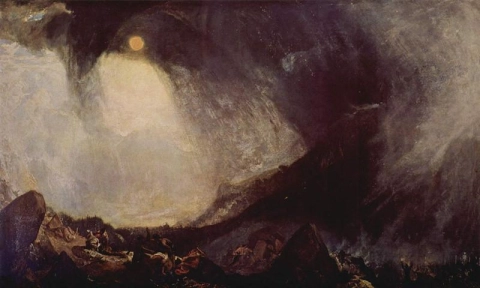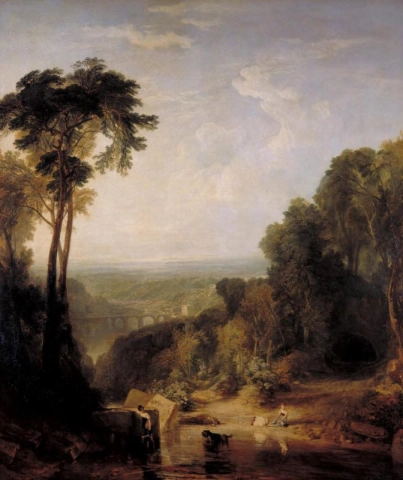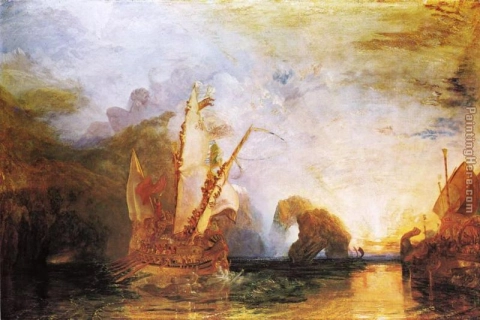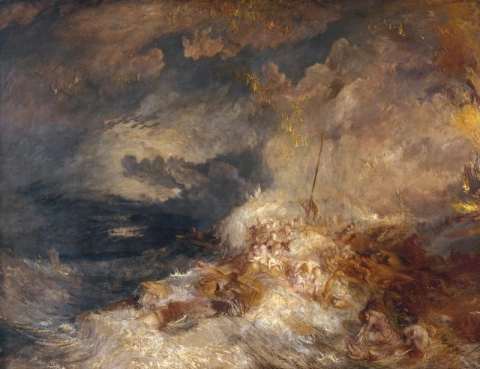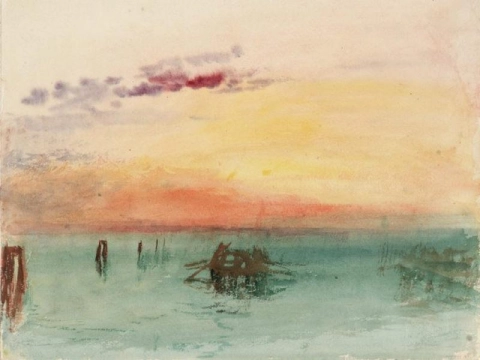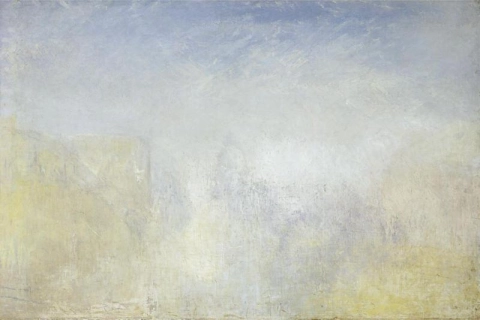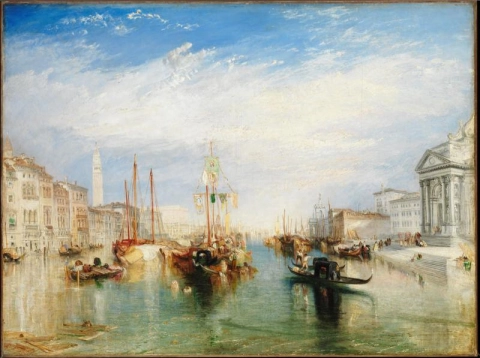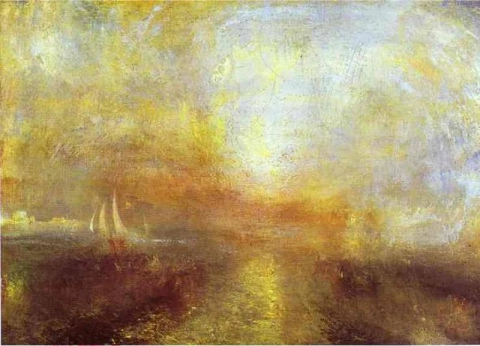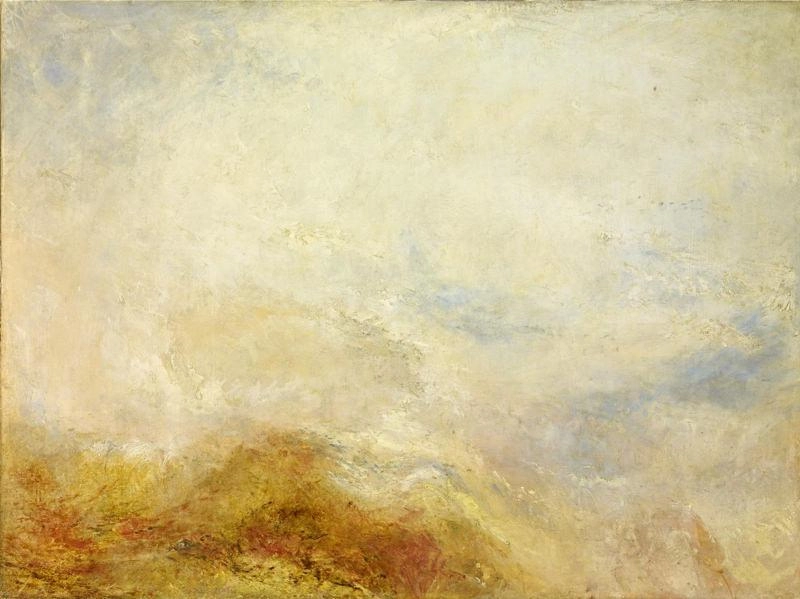

Hand painted reproductions of Joseph Mallord William Turner
Joseph Mallord William Turner: Master of Light and Landscape Painting
Joseph Mallord William Turner (1775–1851) is widely regarded as one of the most influential British painters in history, renowned for his exceptional use of light, color, and atmosphere in landscape painting. Turner’s work played a pivotal role in the transition from the neoclassical tradition to the romantic and impressionistic movements. His ability to capture the sublime power of nature, along with his innovative approach to brushwork and technique, has cemented his legacy as a master of the genre. Today, Turner’s paintings are celebrated for their emotional depth and visionary qualities, influencing generations of artists across various disciplines.
Early Life and Education
Born on April 23, 1775, in Covent Garden, London, Joseph Mallord William Turner grew up in a working-class family. His father was a barber and wig maker, and his mother suffered from mental illness, leading to a somewhat turbulent early life. However, Turner’s artistic talent was evident from a young age. He began drawing at the age of 10, and by 14, he had enrolled at the Royal Academy of Arts, where he received formal training.
Turner’s early works were largely focused on architectural and topographical subjects, demonstrating his keen observation skills. His initial artistic endeavors were grounded in a precise, detailed style, but as he developed as an artist, he began to incorporate more expressive elements into his work. Turner’s education at the Royal Academy, along with exposure to the works of other artists like Thomas Gainsborough and Claude Lorrain, helped shape his evolving artistic vision.
Artistic Development and Style
Joseph Turner’s artistic style evolved significantly throughout his career, moving from precise and detailed topographical views to more expressive and atmospheric representations of nature. In his early career, he was known for his meticulous and almost photographic depictions of British landscapes. His works, often rendered with fine detail and clarity, showcased his ability to capture the natural world with a high degree of realism.
However, as Turner matured, he began to experiment with light, color, and the portrayal of atmosphere, which became defining characteristics of his later works. Turner’s later paintings, such as The Fighting Temeraire (1839) and Rain, Steam and Speed – The Great Western Railway (1844), are marked by dramatic depictions of light and weather, often using bold brushstrokes and vibrant color to convey the emotional intensity of a scene.
Turner was also one of the first artists to fully embrace the power of nature, not just as a backdrop, but as a subject imbued with emotion. His seascapes, often depicting storms and turbulent seas, convey a sense of nature’s sublime force. His landscapes, whether depicting the tranquil beauty of the English countryside or the awe-inspiring grandeur of distant lands, were infused with a sense of drama and movement.
Turner’s innovative use of light was perhaps his most significant contribution to the development of modern painting. He was fascinated by the effects of light and color in nature and often sought to capture the changing moods of the sky and the atmosphere. His later works show a profound shift toward abstraction, with blurred lines and color fields that foreshadow the Impressionist movement. This focus on light and atmosphere made Turner a precursor to the work of later artists like Claude Monet and Vincent van Gogh.
Themes and Significance
Turner’s work is deeply rooted in the exploration of nature’s power and beauty. His paintings often depict dramatic, awe-inspiring scenes of the natural world, from raging storms at sea to tranquil views of rivers and valleys bathed in golden sunlight. Nature was not just a subject for Turner; it was an expression of the sublime, a concept that reflects both the beauty and the terror of the natural world.
His seascapes are among his most iconic works, conveying the raw, untamed energy of the ocean. In paintings such as Snow Storm – Steam-Boat off a Harbour’s Mouth (1842), Turner used swirling brushstrokes and a vibrant color palette to capture the violent force of a storm, illustrating nature’s overwhelming power. His works were often imbued with a sense of drama, evoking both wonder and fear.
Turner’s landscapes were also marked by their innovative use of light. In paintings like The Sun Rising through Vapour (1807) and The Fighting Temeraire (1839), Turner masterfully employed light to convey mood and atmosphere. His portrayal of light was not just about representing the natural world; it was about creating an emotional response in the viewer, evoking feelings of hope, melancholy, or awe.
Turner’s exploration of the sublime, his fascination with the effects of light, and his use of color and texture were revolutionary in their time. His ability to capture the transient moments of nature—whether the glow of a sunset or the movement of a storm—marked him as one of the great pioneers of modern landscape painting.
Achievements and Influence
Throughout his career, Joseph Mallord William Turner achieved widespread recognition and success. He was elected a member of the Royal Academy of Arts at the age of 24 and exhibited regularly at the Academy throughout his life. Turner’s work was highly regarded in Britain and abroad, and he was celebrated for his innovative approach to landscape painting.
Turner was also known for his dedication to experimentation. He often pushed the boundaries of traditional landscape painting, embracing new techniques and subject matter that challenged conventional norms. His later works, with their loose brushwork and bold color choices, were not always fully appreciated during his lifetime, but they have since been recognized as groundbreaking. Turner’s influence on the development of modern art cannot be overstated. His work inspired a generation of artists, including the Impressionists, who admired his ability to capture the fleeting effects of light and atmosphere.
Turner’s legacy extends beyond painting, influencing the fields of literature, music, and even cinema. His evocative use of light and color has had a lasting impact on the visual arts, and his vision of nature continues to inspire artists today. His works are housed in major collections, including the Tate Britain in London, where his extensive collection of works offers a comprehensive view of his artistic evolution.
Legacy
Joseph Turner’s legacy as a painter of light, atmosphere, and the natural world endures to this day. His innovative use of color, his exploration of the sublime, and his dedication to capturing nature’s ever-changing moods have cemented his place as one of the greatest landscape painters in history. Turner’s work continues to resonate with audiences, offering a powerful reminder of the beauty and power of the natural world.
Today, Turner’s paintings are celebrated in museums and galleries around the world, particularly in Britain, where his contributions to the development of landscape painting are regarded as foundational. His legacy lives on in the work of countless artists who have followed in his footsteps, capturing the beauty of nature with the same passion and vision.
Where to Find Reproductions of Joseph Mallord William Turner’s Art
For those who wish to experience the brilliance of Turner’s landscapes in their own homes, high-quality oil painting reproductions are available. These artworks bring Turner’s mastery of light, color, and atmosphere into any living space, offering an authentic way to enjoy his timeless artistic vision.
Imagine owning an original-style painting by one of the greatest artists in history. At POD, we offer you the chance to make this dream a reality. Each canvas is faithfully reproduced down to the smallest detail, allowing you to experience the beauty of the artist’s vision in your own home.
Our reproductions are crafted by experienced painters using the finest materials and time-honored methods. We are committed to delivering works of exceptional quality that will inspire and bring joy to your family for generations to come.

